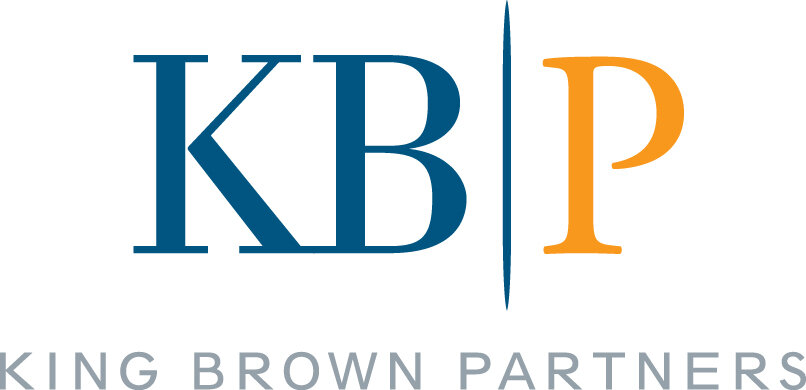AI and Innovation: Hype or Hope?
Rest assured, this is not another breathless take on how AI changes everything and why you should be either utterly intrigued – or completely terrified.
We don’t dispute the premise that AI has the capacity to fundamentally change, well, almost everything. Its impact is already being seen across a broad range of industries and disciplines, from software development and digital marketing to medical diagnostics and financial analytics, to name a few. Undoubtedly, artificial intelligence has entered the mainstream and it is entirely reasonable to conclude that AI will indeed change everything.
It could. But it won’t.
Why do we say that? Partly from experience. We’ve been operating in and around the world of technology the entire time we’ve been in business. There is always hype surrounding promising new technologies. Hype that ultimately peaks noisily before settling into something more reasonable and useful.
But mostly because it has always been the case that not everything that is invented becomes…something. The rate of invention always exceeds the rate of adoption. Witness Clayton Christensen’s assertion that 95% of new product launches fail (a widely shared metric usually used as a cautionary tale for newly-minted product managers) as one proof point.
We’re not saying the AI is going to fail. In fact, AI has already proven wildly successful in accelerating the rate of invention, generating new ideas – and new products – at a pace heretofore unforeseen in the the business world.
And therein lies the problem. For an invention to become an innovation – that is, for a new idea to take hold and flourish – it needs to serve a purpose, and be supported with the right resources. Unless a business has unlimited resources and infinite patience, it is always a matter of where and when to place your bets.
Here’s where insights teams can play a pivotal role. By leveraging AI in the generation and evaluation of new ideas and using AI-enabled tools to surface insights and speed analytics, insights departments can be in a position to help businesses and brands place their bets most effectively.
Our advice:
Focus on the fundamentals: Putting customers at the center of your innovation focus is and always will be the best starting point. Understanding what customers need (and we’re big fans of the jobs-to-be-done framework for this) jump starts the process and staves off considerable time and resources devoted to initiatives that wouldn’t serve a real purpose.
Create more compelling stimuli: AI enables companies to take an enormous leap forward in rapid prototyping of product concepts, service ideas, marketing messaging, allowing for early (and often) testing and iteration to propel the learning process.
Analyze more quickly and deeply: AI platforms empower insights professionals to gather category background and market landscape data almost instantaneously, and AI-supported tools enable faster and deeper analysis of patterns, themes and hidden insights from both qualitative and quantitative data sets.
Launch and learn: Getting an MVP into the market becomes easier than ever, and what better environment to learn (and evolve meaningfully) is there than the real world? Don’t forgo the pre-launch research, but don’t hesitate to try things out for real among real people.
Keep customers in the loop: AI enables collection and aggregation of vast amounts of data from various sources (social media platforms, online forums, customer reviews), offers new techniques for sentiment analysis, and enable new forms of predictive analytics. Understanding and engaging your customers to guide innovation efforts becomes accessible to all – so you never have to move forward without customer input.
Sound familiar? Yes. Faster? Yes. Better? It all depends on how we use and apply the technology.
Does it change everything? Yes. And No.
But the one thing that doesn’t change: put your customers first, and the rest will follow.
